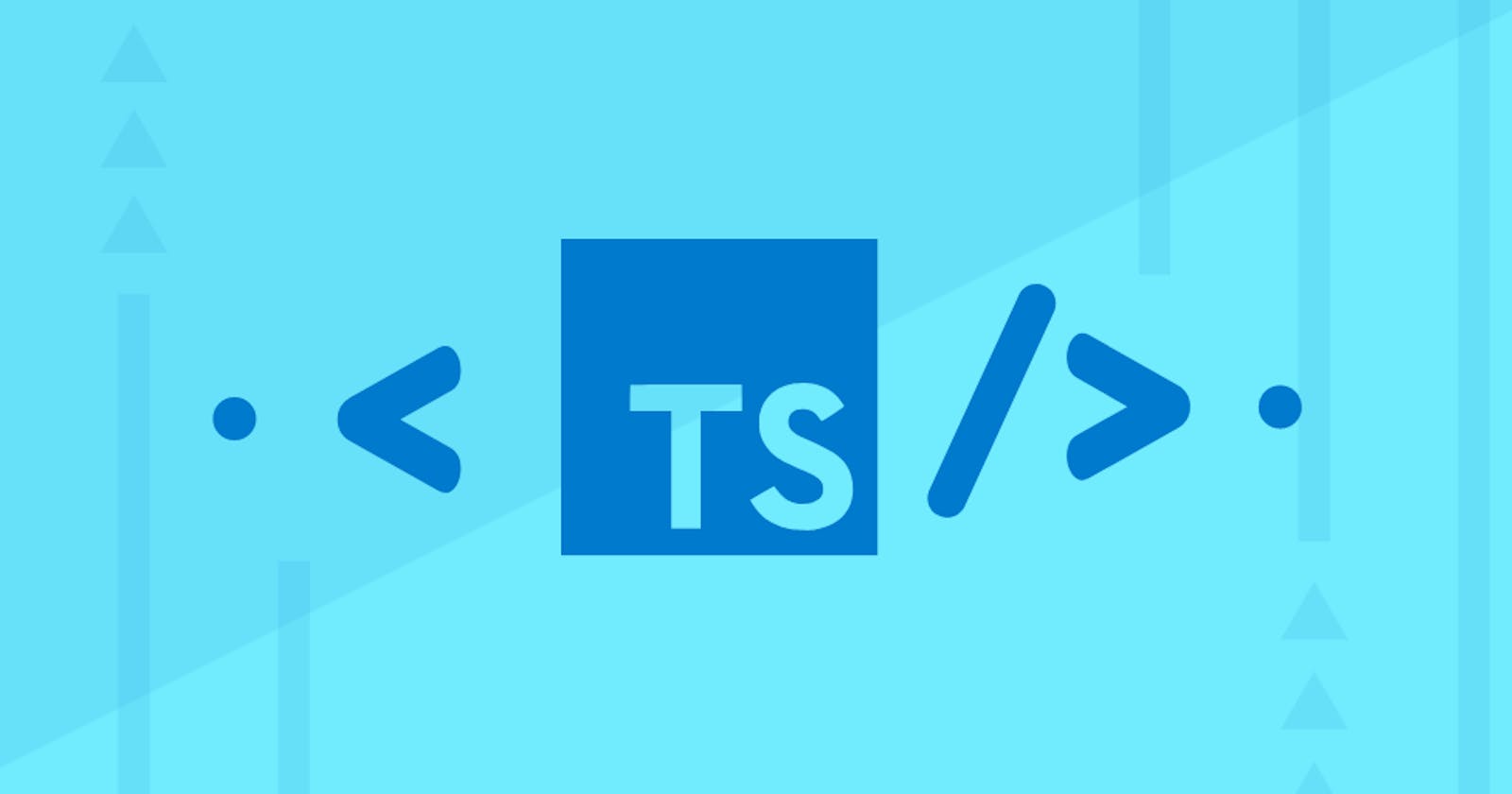What is TypeScript?
A Content of Complete Angular Roadmap Series [Topic 1 - Learn TypeScript Basic - #1]
I. Introduction
TypeScript is a programming language that builds on top of JavaScript by adding static typing and other features. It was developed by Microsoft and is now an open-source project. Using TypeScript can help developers catch errors early and make their code more maintainable.
II. Features of TypeScript
Static typing: In TypeScript, variables and function parameters can have types assigned to them. This helps catch errors at compile-time, rather than at runtime.
ES6+ features support: TypeScript supports many features of the latest version of JavaScript, including classes, modules, and arrow functions.
Optional parameters and default values: TypeScript allows developers to specify optional parameters for functions, and to assign default values to parameters.
Interfaces and classes: TypeScript has interfaces, which define the shape of an object, and classes, which allow developers to use object-oriented programming concepts.
Access modifiers: TypeScript has access modifiers, such as public, private, and protected, which allow developers to control the visibility of class members.
Type guards: TypeScript has type guards, which allow developers to check the type of a variable at runtime, and take different actions based on the type.
III. How to get started with TypeScript
Installing TypeScript: The easiest way to install TypeScript is through npm, the Node.js package manager.
Configuring a TypeScript project: Once TypeScript is installed, developers can create a tsconfig.json file to configure their TypeScript project.
Writing TypeScript code: To write TypeScript code, developers can use their preferred code editor and save their files with a .ts extension. They can then use TypeScript syntax, including typing variables and parameters, defining interfaces and classes, and using access modifiers.
Compiling TypeScript code: Once the TypeScript code is written, it needs to be compiled into JavaScript code so it can be run in a browser or Node.js environment. Developers can use the tsc command to compile their TypeScript code into JavaScript.
IV. Examples of TypeScript in action
React and TypeScript: React is a popular JavaScript library for building user interfaces, and it can be used with TypeScript. Developers can use TypeScript to add static typing to their React components, and to define interfaces for their props and state.
Angular and TypeScript: Angular is a web application framework that is built with TypeScript. Using Angular with TypeScript allows developers to take advantage of features such as dependency injection and component-based architecture.
V. Conclusion
TypeScript is a powerful programming language that can help developers catch errors early and make their code more maintainable. By adding static typing and other features to JavaScript, TypeScript provides a better development experience for many developers. With its support for popular frameworks like React and Angular, TypeScript is becoming an increasingly popular choice for web development projects.
Potential interview questions related to TypeScript:
What is TypeScript, and how does it differ from JavaScript?
What are some advantages of using TypeScript over JavaScript?
How do you declare a variable with a specific type in TypeScript?
Can you explain the concept of "type inference" in TypeScript?
What is the "never" type in TypeScript, and how is it used?
How do you define a class in TypeScript, and what are some benefits of using classes in TypeScript?
Can you explain the difference between an interface and a class in TypeScript?
How do you use generics in TypeScript, and what are some use cases for them?
What is the "readonly" modifier in TypeScript, and when would you use it?
How do you handle errors and exceptions in TypeScript, and what tools or libraries do you use for this?
